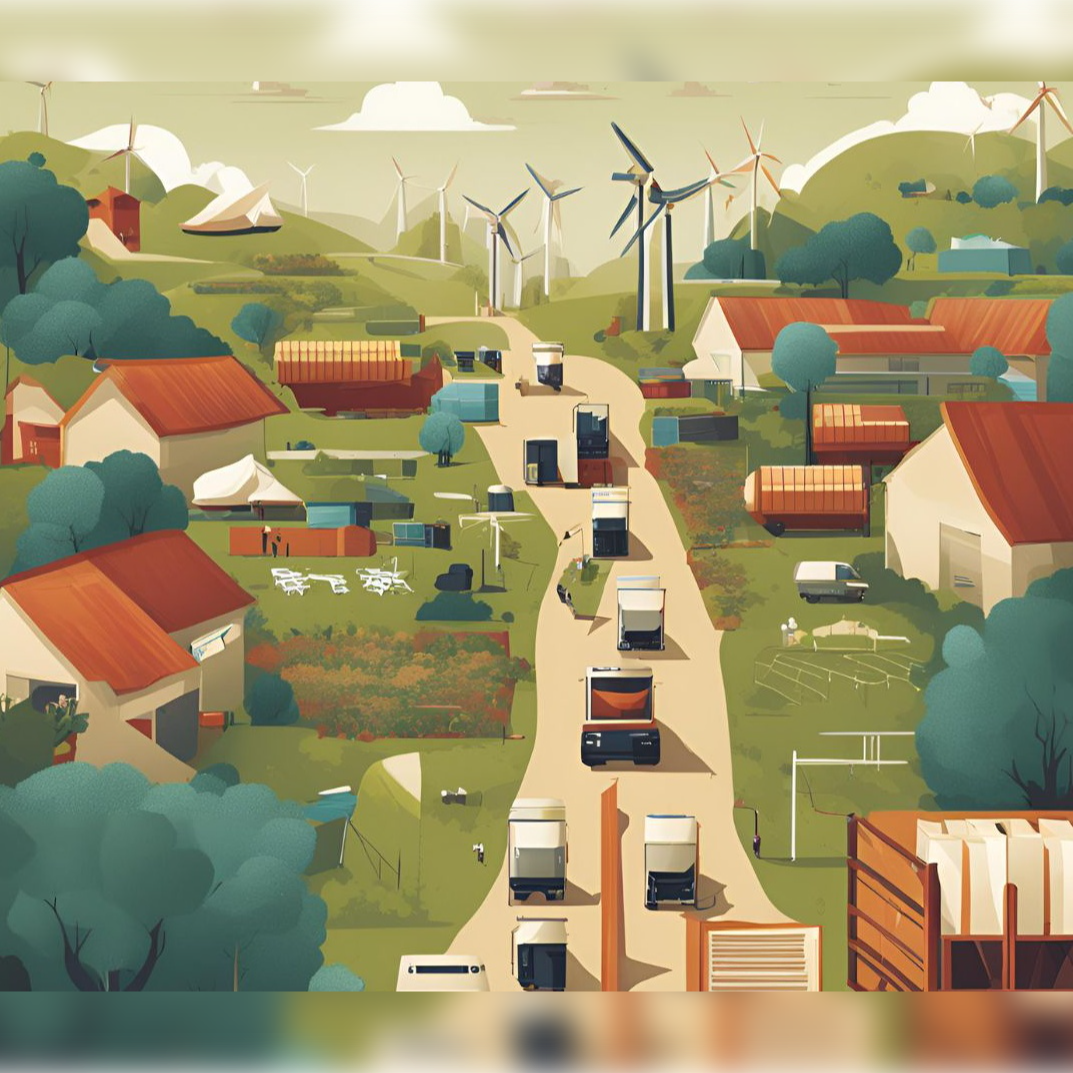
Eco-Friendly Packaging and Zero-Emission Transport: Logistics Goes Green
In today's context, sustainable logistics is emerging as a top priority for companies and governments worldwide. The need to reduce the environmental impact of transportation and supply chain activities is crucial for achieving climate goals. Sustainable logistics refers to the strategies and practices aimed at minimizing CO2 emissions, optimizing resource use, and reducing waste throughout the supply chain. But how are companies evolving to become greener, and what innovations are driving this change?
1. Innovation in Transportation: From electric trucks to drones
One of the most significant developments is the introduction of more eco-friendly transportation methods. Companies are investing in fleets of electric, hybrid, or hydrogen-powered vehicles to drastically reduce greenhouse gas emissions. Tesla, Rivian, and other companies have launched electric trucks on the market, promising to reduce fossil fuel consumption in heavy transport. Additionally, the use of drones for package delivery is growing exponentially. Besides reducing traffic and improving delivery efficiency, drones represent a zero-emission solution for short-distance deliveries. Companies like Amazon and UPS are already testing these systems in various cities around the world.
2. Green Logistics Centers: energy efficiency and waste reduction
Sustainability in logistics extends beyond transportation to include logistics centers and warehouses. Many facilities are becoming increasingly "green," with LEED (Leadership in Energy and Environmental Design) certified buildings that use solar panels, rainwater harvesting systems, and recycled materials in construction. Some logistics centers are implementing automation technologies that reduce waste and optimize resource use. For example, robots and advanced management systems help optimize space, reduce energy consumption, and improve inventory management, thereby reducing waste.
3. Sustainable packaging and eeduction of indirect emissions
Beyond transportation and warehouses, packaging also plays a crucial role in sustainable logistics. Companies are transitioning to recyclable or compostable packaging materials to reduce environmental impact. Ikea, for instance, has replaced polystyrene with mushroom-based packaging, a completely biodegradable solution. Optimizing packaging also has an indirect impact on emissions: more compact packaging reduces the number of trucks needed for transportation, improving load efficiency and reducing CO2 emissions.
4. The Importance of renewable energy in logistics operations
Renewable energy is playing a key role in transforming logistics towards sustainability. More and more companies are embracing the use of clean energy sources like solar and wind power to fuel their logistics centers and transportation fleets. This transition to green energy not only reduces carbon emissions but also helps companies cut long-term energy costs. Large warehouses and distribution facilities are integrating solar panels on rooftops and wind turbines in surrounding areas to become energy self-sufficient. For example, giants like Amazon and DHL have installed thousands of solar panels in their hubs, contributing to generating enough energy to cover a significant portion of their operations.




